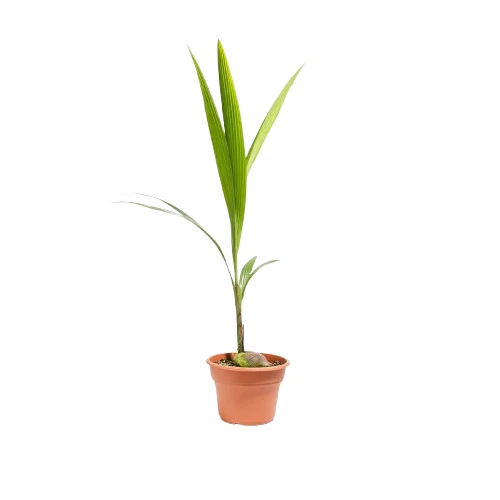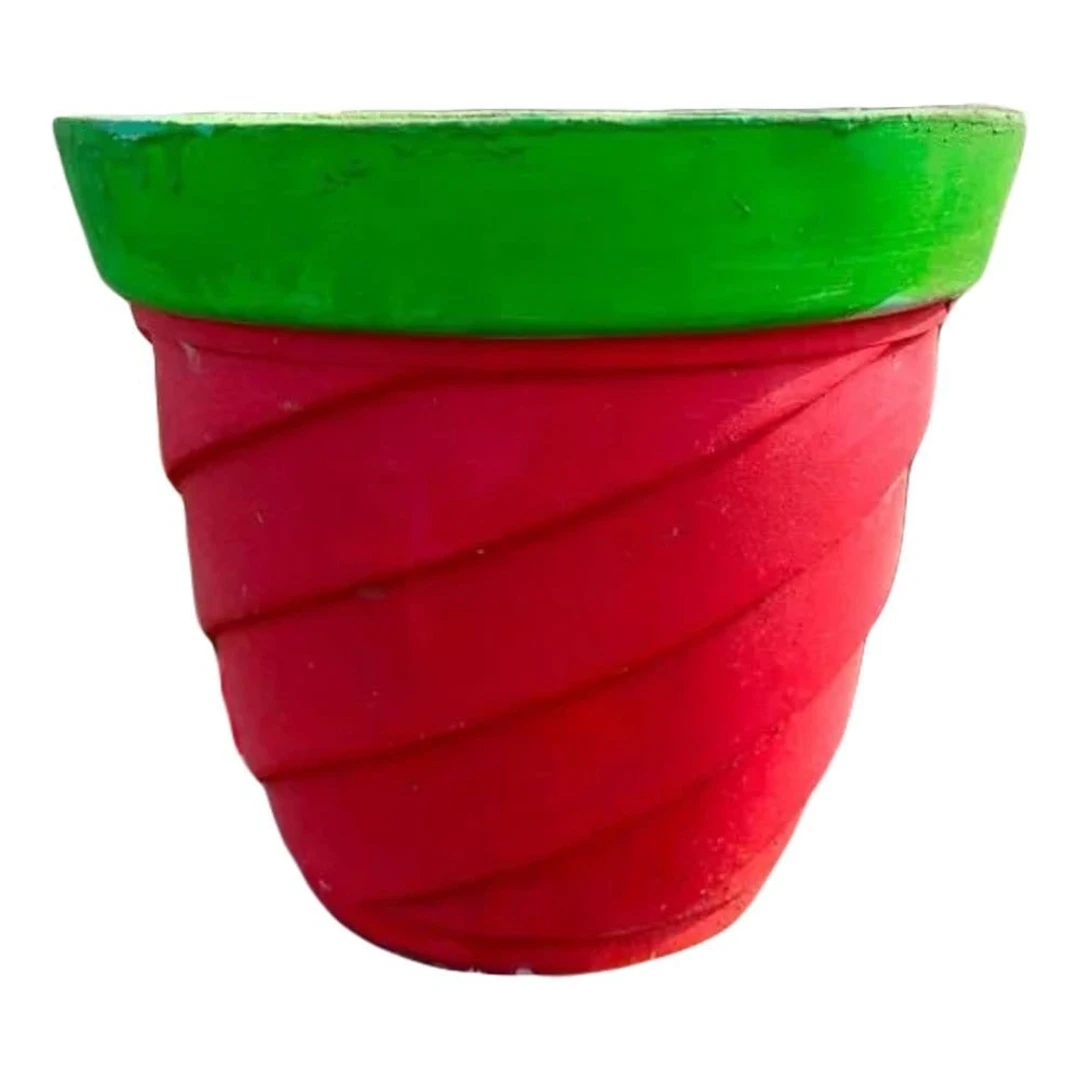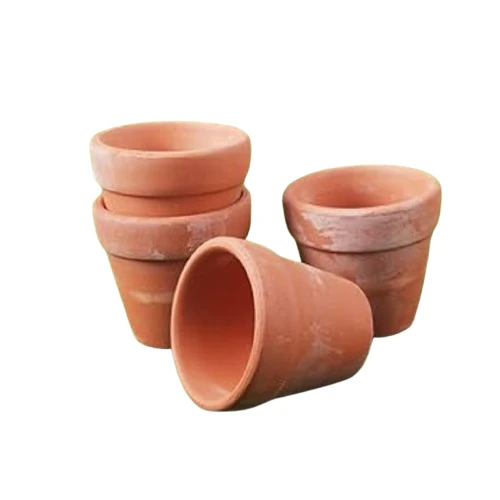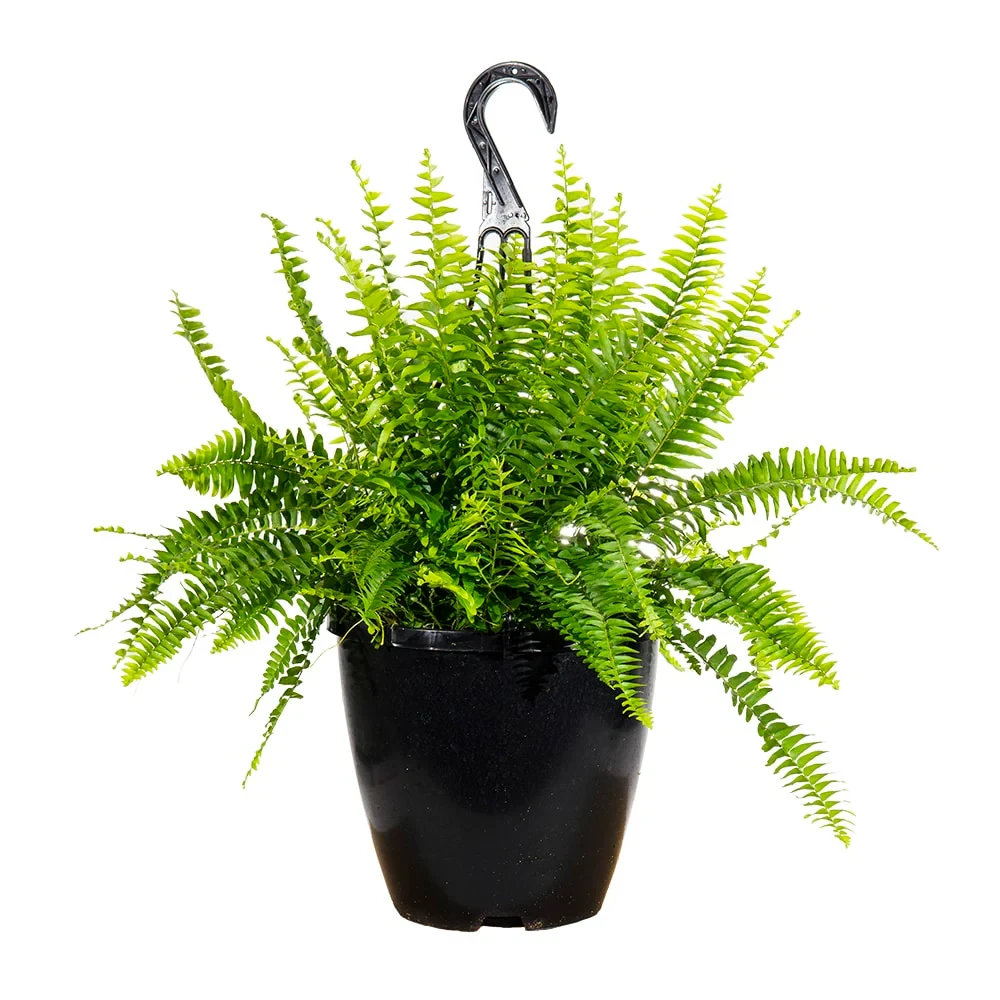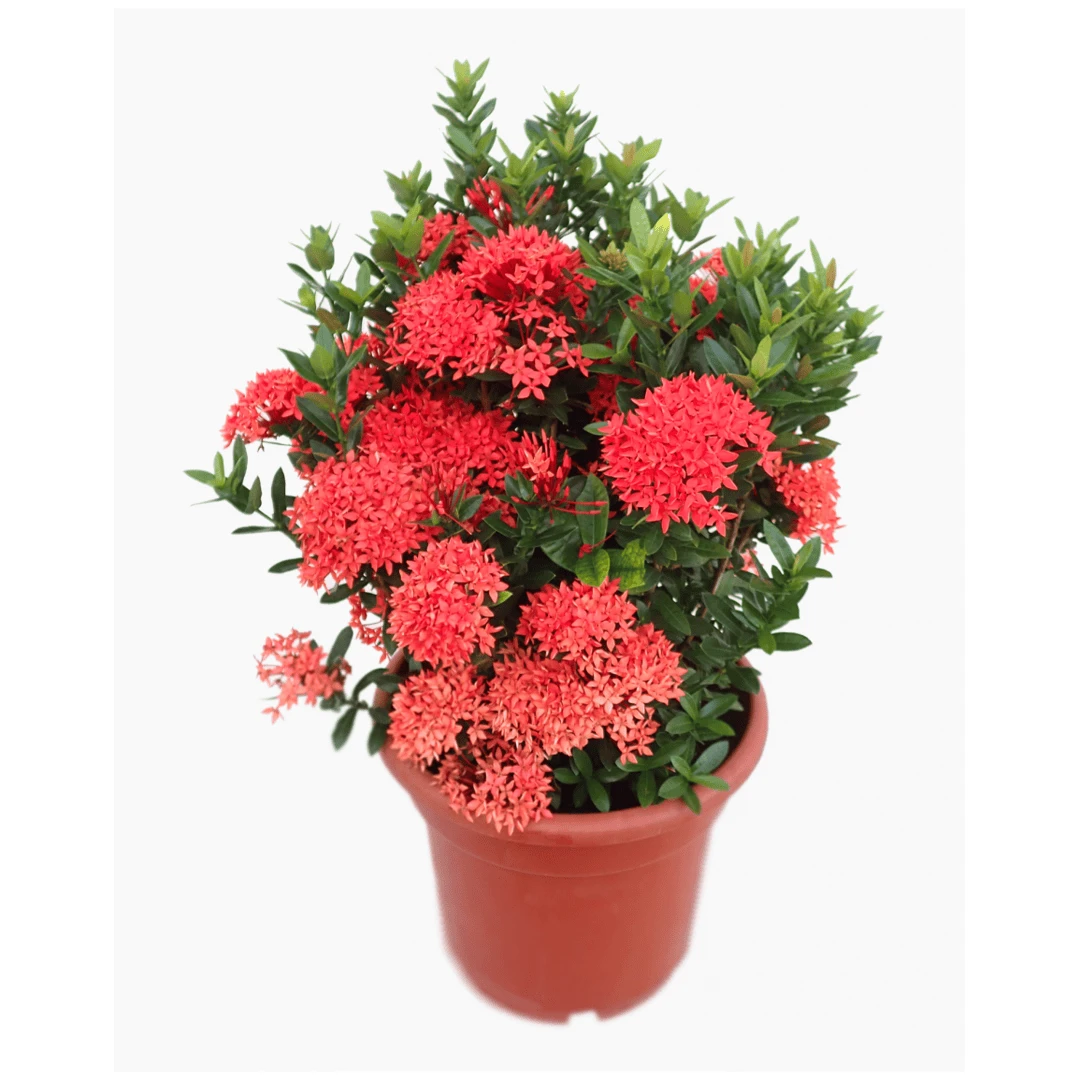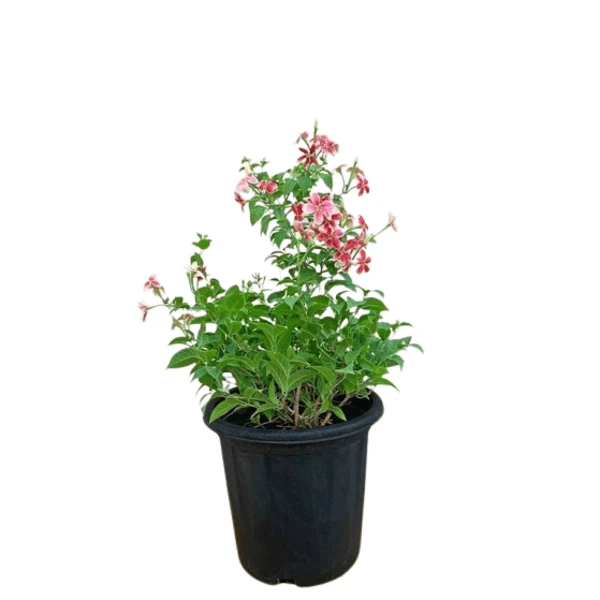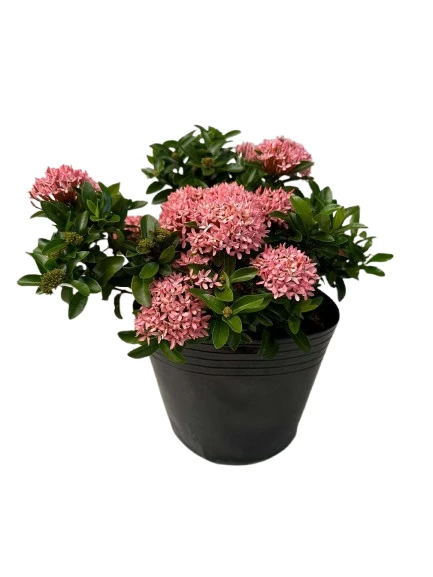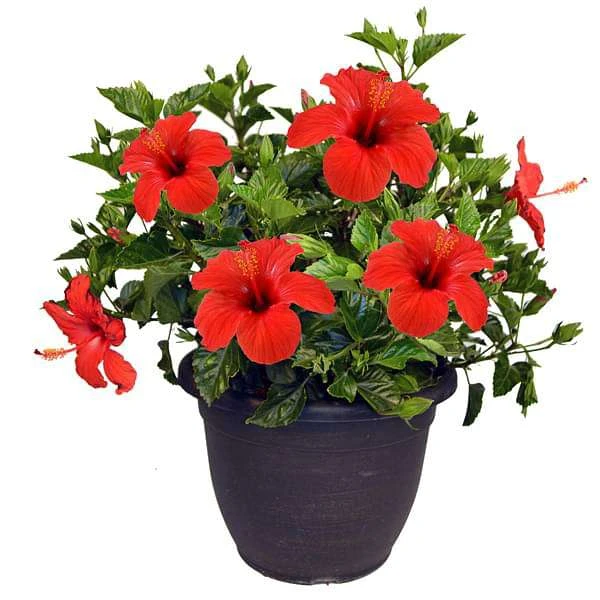The coconut palm is a tall, single-trunked tree, typically reaching 20-30 meters in height. It has a smooth, gray trunk marked by leaf scars and a crown of long, pinnately divided leaves. The coconut palm is known for its large, ovoid fruit, the coconut, which is a drupe with a thick, fibrous husk and a hard shell surrounding the seed.
Here's a more detailed description:
Overall Structure:
Trunk:
The coconut palm has a single, erect or slightly curved trunk, often swollen at the base, and a smooth, gray surface with ring-like scars from where leaves have fallen.
Crown:
The top of the trunk is topped with a crown of spirally arranged leaves, which are long, pinnately divided, and composed of many leaflets.
Roots:
The root system is fasciculated, meaning many roots branch out from the base, anchoring the palm in the soil.
Leaves:
Shape: The leaves are large, up to 7 meters long, and pinnately divided, with numerous leaflets arranged along the rachis (midrib).
Leaflets: Each leaflet is long, linear, and has a strong midrib.
Petiole: The petiole (leaf stalk) is flat, thick, broad, and sheathing at the base.
Flowers and Fruit:
Inflorescence:
The coconut palm produces an inflorescence (flowering structure) with both male and female flowers, often on the same spike.
Fruit:
The fruit, the coconut, is a large drupe, typically ovoid or ellipsoid in shape, with a thick, fibrous husk.
Seed:
The hard shell (endocarp) protects the single seed, which is filled with coconut water and a white, meaty endosperm.
Other Characteristics:
Lifespan: Coconut palms are long-lived, potentially reaching 100 years of age.
Habitat: They are typically found in tropical coastal regions, though they can tolerate mild frosts.
Uses: The coconut palm and its products (including the fruit, leaves, and trunk) have numerous uses, including food, fuel, building materials, and more.



